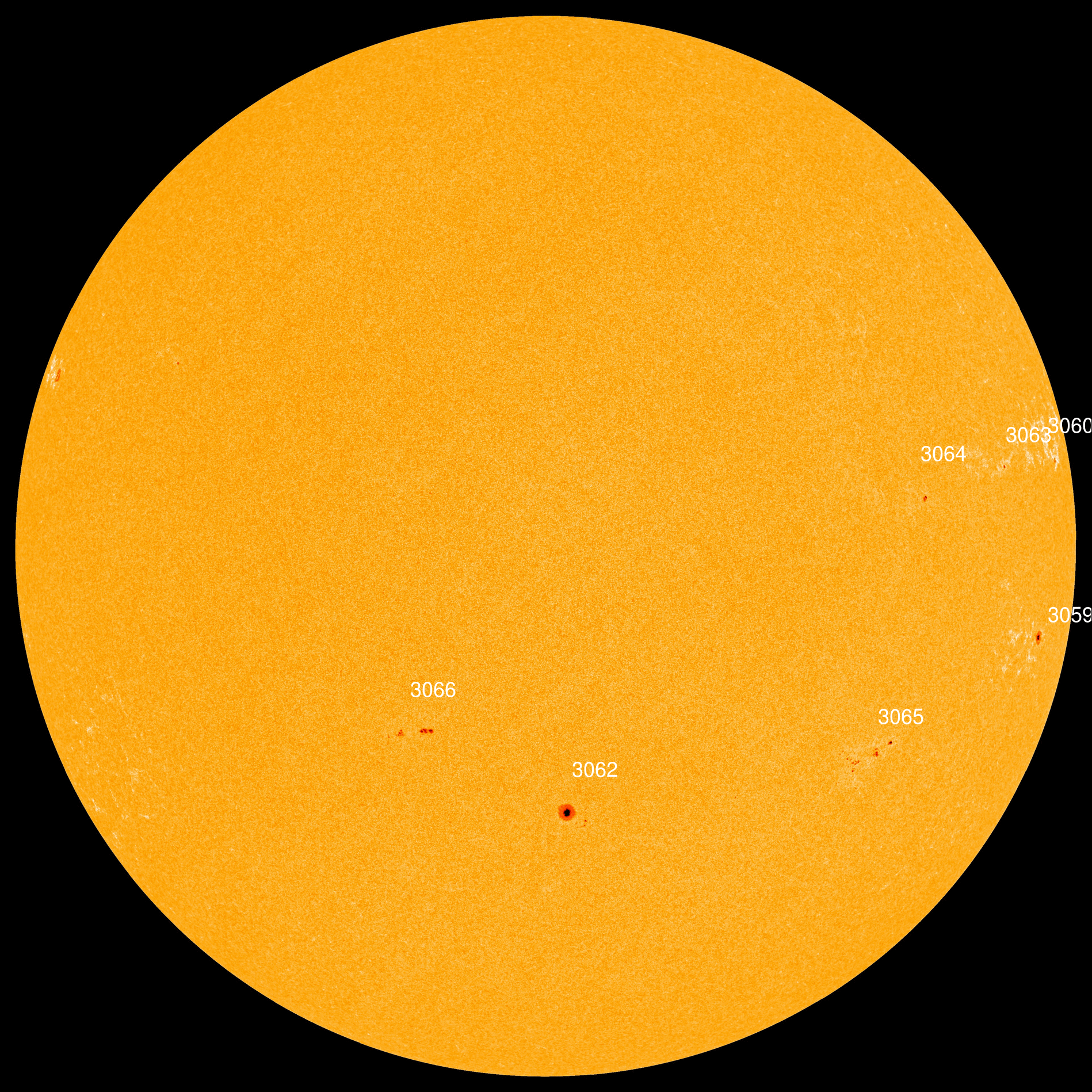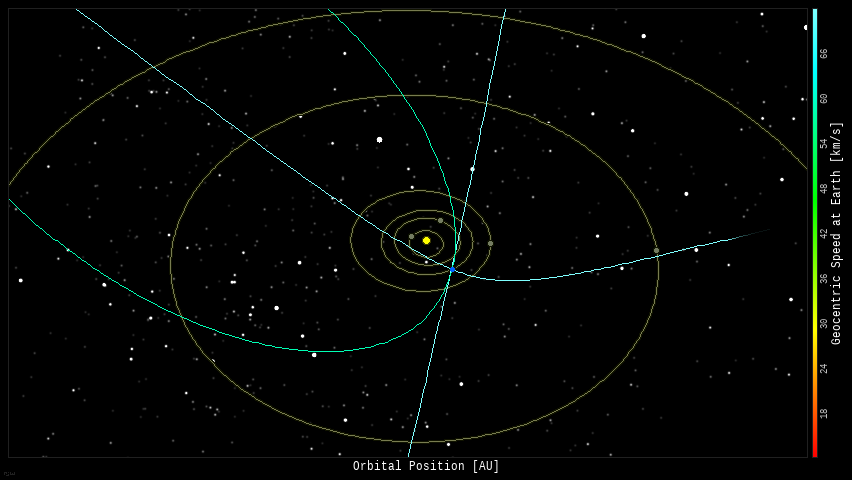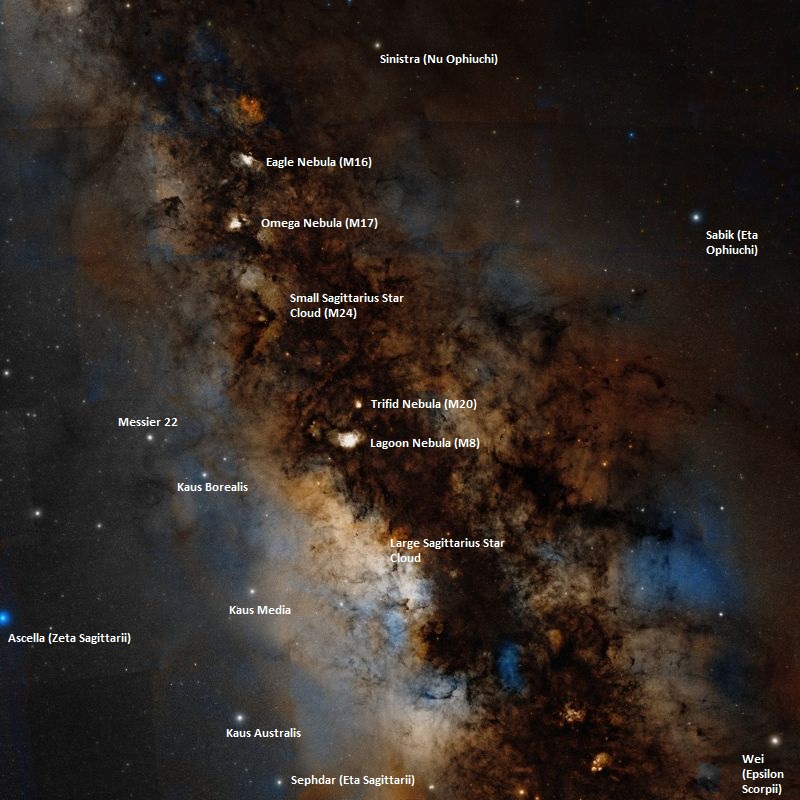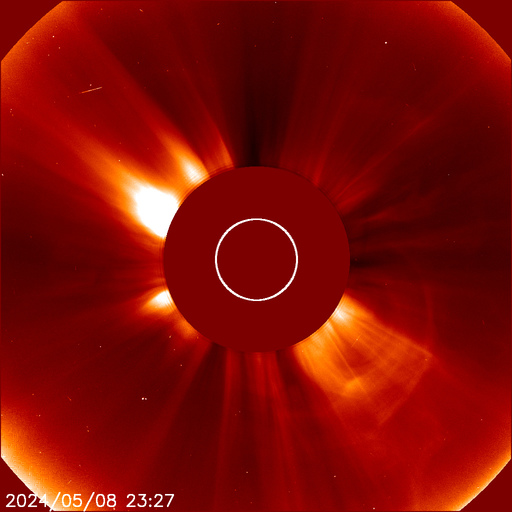Webb’s Public Impact
While I was writing this post, I had to go to the doctor’s office to have a pre-surgery checkup for knee surgery I’m having in August. The physician’s assistant taking my vitals asked where I worked, and when I told him, he excitedly asked me “what about those James Webb pictures?”
I got to talking to him about how the Hubble Deep Field took several weeks, but the James Webb’s first deep field teaser image only took 12 hours. This fellow was already amazed at the new images; both of us can’t wait to see what’s next!
Which is GREAT!
NASA’s increased media presence over the last decade has really paid off. The Emmy Award winning Cassini Grand Finale video is a good example… It makes me cry… every time.

Morning: Venus, Uranus and Mars continue to appear in the eastern predawn sky, along with the Pleiades star cluster and the bright stars Capella and Aldebaran. The Moon appears near Venus on July 26th.

In some previous posts, I’ve shown the size of the Sun compared with other bright stars – I was going to do that this week with Capella, but had a change of plans when I went to Capella in SpaceEngine, only to find out that Capella was a double-binary system! Two M-class red dwarfs orbiting each other, and two G-class giants (G8III & G0III) orbiting each other. Both sets of stars are orbiting a system-wide barycenter.
Morning: Jupiter and Saturn appear in the southern predawn sky all week.

Evening: A thin Waxing Crescent Moon appears in the western sky at dusk on August 1st.


- The Moon is a Waning Crescent – visible low to the east before sunrise.
- The New Moon occurs on July 28th – the part of the Moon facing Earth is completely in shadow.
- After July 28th, the Moon will be a Waxing Crescent – visible low to the southwest in the early evening.

If you click on the Moon image above, or click this link, you will go to NASA’s Moon Phase and Libration, 2022 page – it will show you what the Moon looks like right now. If you click the image on that page, you will download a high-rez TIFF image annotated with the names of prominent features – helpful for logging your lunar observations! (See below)
Moon News

For the third week in a row, the Sun has seven named sunspots, and a new one is rotating into view!
Spaceweather.com says: “Eclipse season for NASA’s Solar Dynamics Observatory (SDO) has begun. Every day for the next three weeks, around 0730 UT, Earth will pass between SDO and the sun, producing images that look like this. This is a twice-a-year event for SDO caused by the alignment of the sun and Earth as seen from the spacecraft’s geosynchronous orbit.”

Videos courtesy of NASA/SDO and the AIA, EVE, and HMI science teams.
You can view the Sun in near real-time, in multiple frequencies here: SDO-The Sun Now.
You can create your own time-lapse movies of the Sun here: AIA/HMI Browse Data.
You can browse all the SDO images of the Sun from 2010 to the present here: Browse SDO archive.
Amateur Solar Astrophotography
Quark Chromosphere
TS Q65 420mm Apo
Apollo-M USB3.0 Mono Camera (IMX174)
AutoStakkert 3
Registax 6
PS CC
Solar Corona
Solar wind speed is 419.3 km/sec ▼ with a density of 0.66 protons/cm3 ▼▼ at 1146 UT.
Click here to see a near real-time animation of the corona and solar wind from the Solar & Heliospheric Observatory (SOHO).
Sun News:
Yup! I’ve been grousing about this for years! Radiation is a real problem for anything outside of Earth’s magnetic field – like the lunar Gateway and any crewed Moon and Mars missions.

- Near-Earth Objects (NEOs) discovered this month: 59, this year: 1441 (+28), all time: 29,253 (+28)
- Potentially Hazardous Asteroids (PHAs): 2276 (+4 updated 2022-07-26)
- Total Minor Planets discovered (MPC): 1,217,569 (+10,232 updated 2022-07-26)
Upcoming Earth-asteroid encounters:
| Asteroid | Date(UT) | Miss Distance | Velocity (km/s) | Diameter (m) |
| 2022 ML3 | 2022-Jul-26 | 7.6 LD | 1.5 | 13 |
| 2022 NU1 | 2022-Jul-29 | 12.3 LD | 8.3 | 47 |
| 2016 CZ31 | 2022-Jul-29 | 7 LD | 15.6 | 129 |
| 531944 | 2022-Jul-30 | 18.2 LD | 5.9 | 192 |
| 2020 PP1 | 2022-Aug-01 | 13.1 LD | 3.7 | 17 |
| 2020 PN1 | 2022-Aug-03 | 9.7 LD | 4.6 | 29 |
| 2015 FF | 2022-Aug-12 | 11.2 LD | 9.2 | 17 |
| 2019 AV13 | 2022-Aug-22 | 19.1 LD | 8.8 | 135 |
| 2020 QW3 | 2022-Aug-22 | 14.1 LD | 18.1 | 30 |
| 2015 QH3 | 2022-Aug-22 | 5.6 LD | 7 | 14 |
| 2017 BU | 2022-Aug-29 | 15.8 LD | 7 | 32 |
| 2021 CQ5 | 2022-Sep-01 | 8.7 LD | 13.5 | 7 |
| 2020 PT4 | 2022-Sep-15 | 19.7 LD | 10.8 | 39 |
Asteroid News:

On July 25, 2022, the NASA All Sky Fireball Network reported 6 fireballs!
(6 sporadics)

Fireball News:
If you see a bright meteor or a fireball, please REPORT IT to the American Meteor Society and the International Meteor Organization!

Position of the planets & several spacecraft in the inner solar system on July 26th:

Position of the planets in the middle solar system – July 2022:

Position of the planets in the outer solar system first half of 2022:

Solar System News

See a list of current NASA missions here: https://www.jpl.nasa.gov/missions?mission_status=current

ex·o·plan·et /ˈeksōˌplanət/, noun: a planet orbiting a star other than the Sun.
* Confirmed Planets Discovered by TESS refers to the number planets that have been published in the refereed astronomical literature.
* TESS Project Candidates refers to the total number of transit-like events that appear to be astrophysical in origin, including false positives as identified by the TESS Project.
* TESS Project Candidates Yet To Be Confirmed refers to the number of TESS Project Candidates that have not yet been dispositioned as a Confirmed Planet or False Positive.
Exoplanet News:
July 21, 2022
Three Planets and New Masses for Two Planets
We’ve added three new planets this week: TOI-1422 b, GJ 3512 c, and CoRoT-7 d.
However, perhaps the more interesting news this week is about the new parameter sets that include more accurate mass measurements for two known planets: Kepler-167 e and eps Eri b.Kepler-167 e is the only known transiting Jupiter analog outside of 1 AU that also has inner rocky planets. Its updated planetary parameters from Chachan et al. 2021 can be accessed from the Kepler-167 System Overview page.
Epsilon Eridani b (eps Eri b) has a new, refined mass based on a technique that combines direct imaging, astrometry, and radial velocity measurements to find the inclination and true mass of a non-transiting radial velocity planet. This techniques promises to be very useful for determining refined masses in new Gaia data. Learn more in the discovery paper by Llop-Sayson et al. 2022 and find the data in the eps Eri System Overview page.
All new data from this week’s release can also be found in the Planetary Systems Table and its companion table, Planetary Systems Composite Parameters. – NASA
All These Worlds
An ever-growing slideshow with exoplanet images I’ve created for these posts:


SpaceWeather.com Realtime Aurora Gallery: https://spaceweathergallery.com/aurora_gallery.html
Latest Aurora Oval Forecast

- Visit an International Dark Sky Park: https://www.darksky.org/our-work/conservation/idsp/parks/
- If you live in Michigan, visit the Michigan Dark Skies site: https://sites.lsa.umich.edu/darkskies/

Beautiful Universe
Space Bubble!
Messier Tour: M24 – Sagittarius Star Cloud

Messier 24 (M24), also known as the Sagittarius Star Cloud, is a large Milky Way star cloud in Sagittarius constellation. The Sagittarius Star Cloud lies at an approximate distance of 10,000 light years from Earth and has an apparent magnitude of 4.6. It has the designation IC 4715 in the Index Catalogue of Nebulae and Clusters of Stars. – messier-objects.com

Messier 24 is about 600 light years wide and lies in the Sagittarius Arm of our galaxy, the next inner spiral arm to our own. It occupies an area 90 arc minutes in apparent diameter and contains different types of objects, including stars and clusters that lie at a distance of 10,000 to 16,000 light years from Earth, which gives the cloud a significant depth. In the night sky, the star cloud appears about nine times larger than the full Moon. – messier-objects.com
Location of M24 in the Milky Way

Messier 24 is the densest concentration of individual stars that can be seen in binoculars. About 1,000 stars are visible in a single field of view. The star cloud is best seen in binoculars and telescopes with a field of view of at least 2 degrees, at low magnification. – messier-objects.com
Without the obscuring dust and gas, the entire Milky Way would appear as bright as M24.
Unlike most entries in Charles Messier’s famous catalog of deep sky objects, M24 is not a bright galaxy, star cluster, or nebula. It’s a gap in nearby, obscuring interstellar dust clouds that allows a view of the distant stars in the Sagittarius spiral arm of our Milky Way galaxy. When you gaze at the star cloud with binoculars or small telescope you are looking through a window over 300 light-years wide at stars some 10,000 light-years or more from Earth. – NASA
Here’s my obligatory “What would a planet look like if it were near that Messier object” pic:

Cover Image: Messier 24. Credit: Roberto Colombari
Messier Object List: [Link]
Software Apps used for this post:
NASA Eyes on the Solar System: an immersive 3D solar system and space mission simulator – free for the PC /MAC.
Stellarium: a free web-based planetarium app. It’s a great tool for planning observing sessions. Latest update released on July 7, 2022.
SpaceEngine – Explore the universe in 3D and VR! Latest update released on July 6, 2022.
Worldwide Telescope – operated by the American Astronomical Society (AAS). Latest update released on March 31, 2022.




























































































